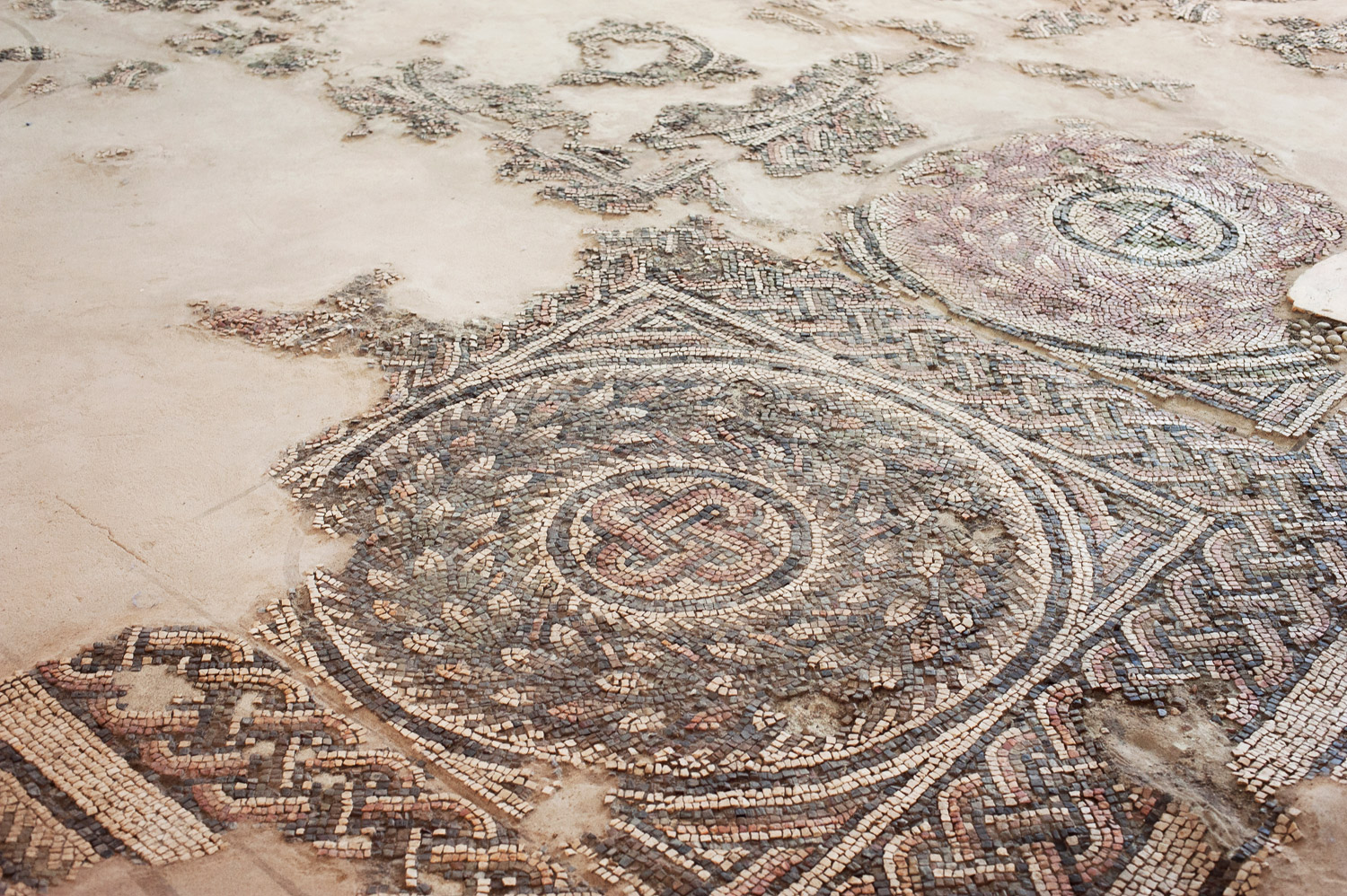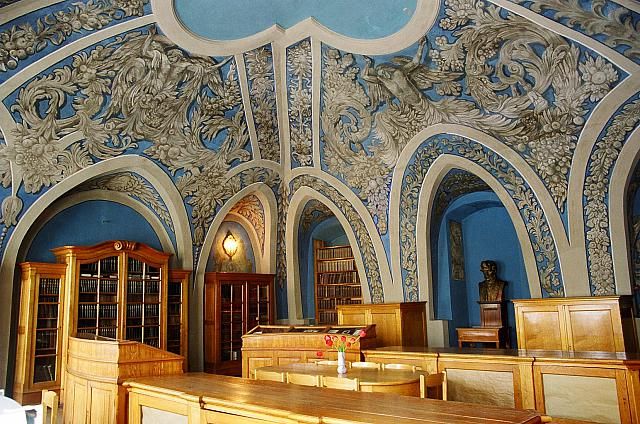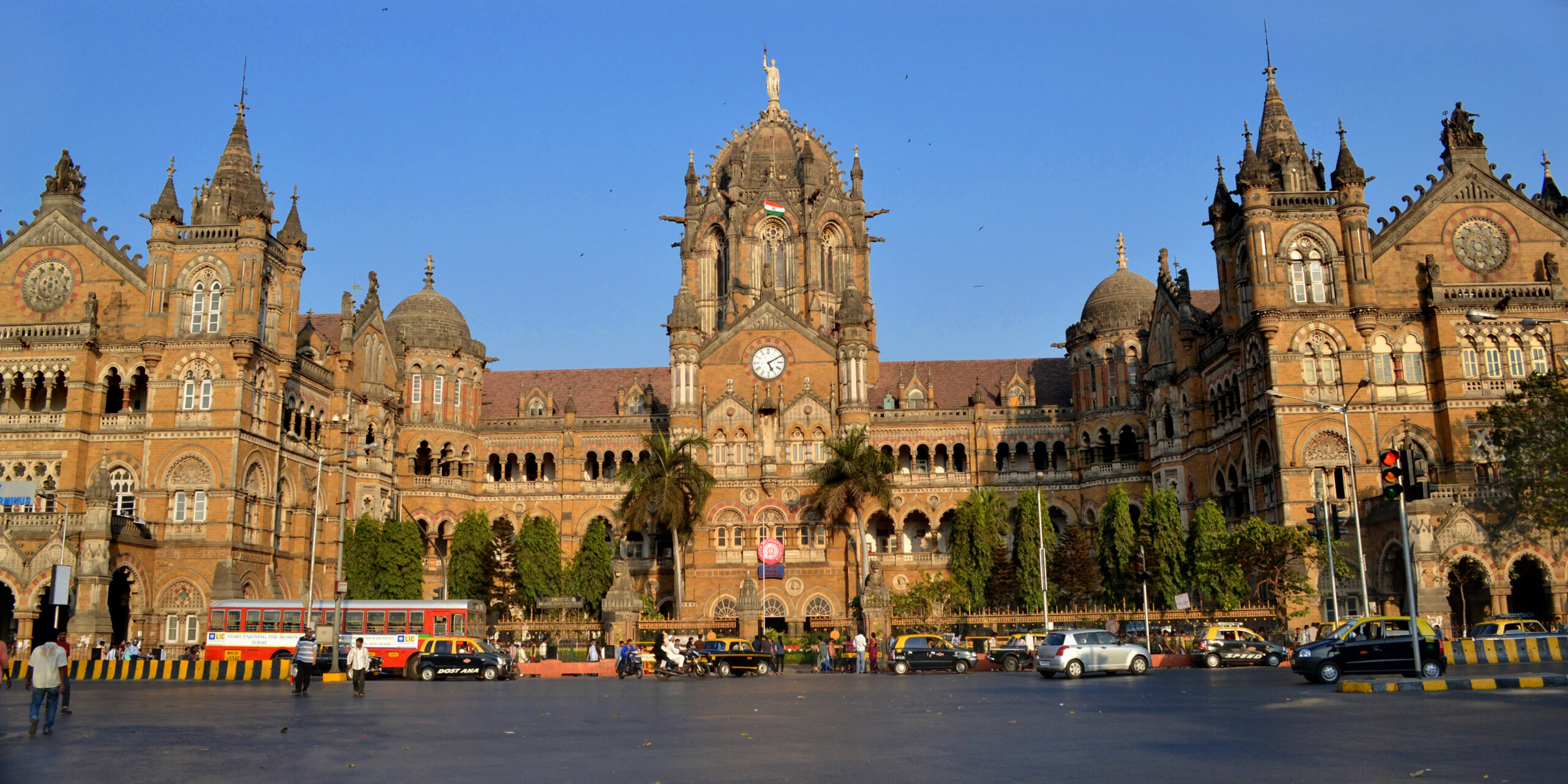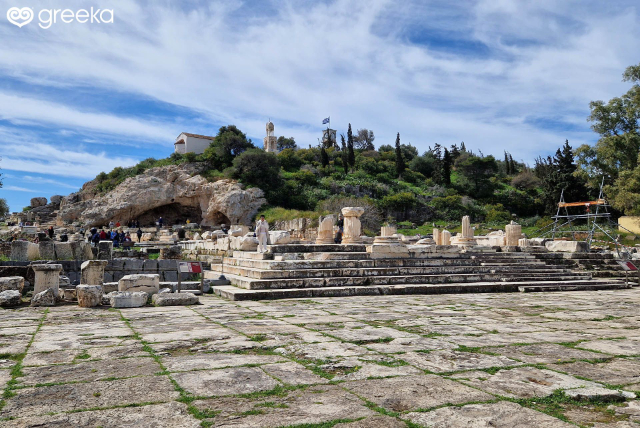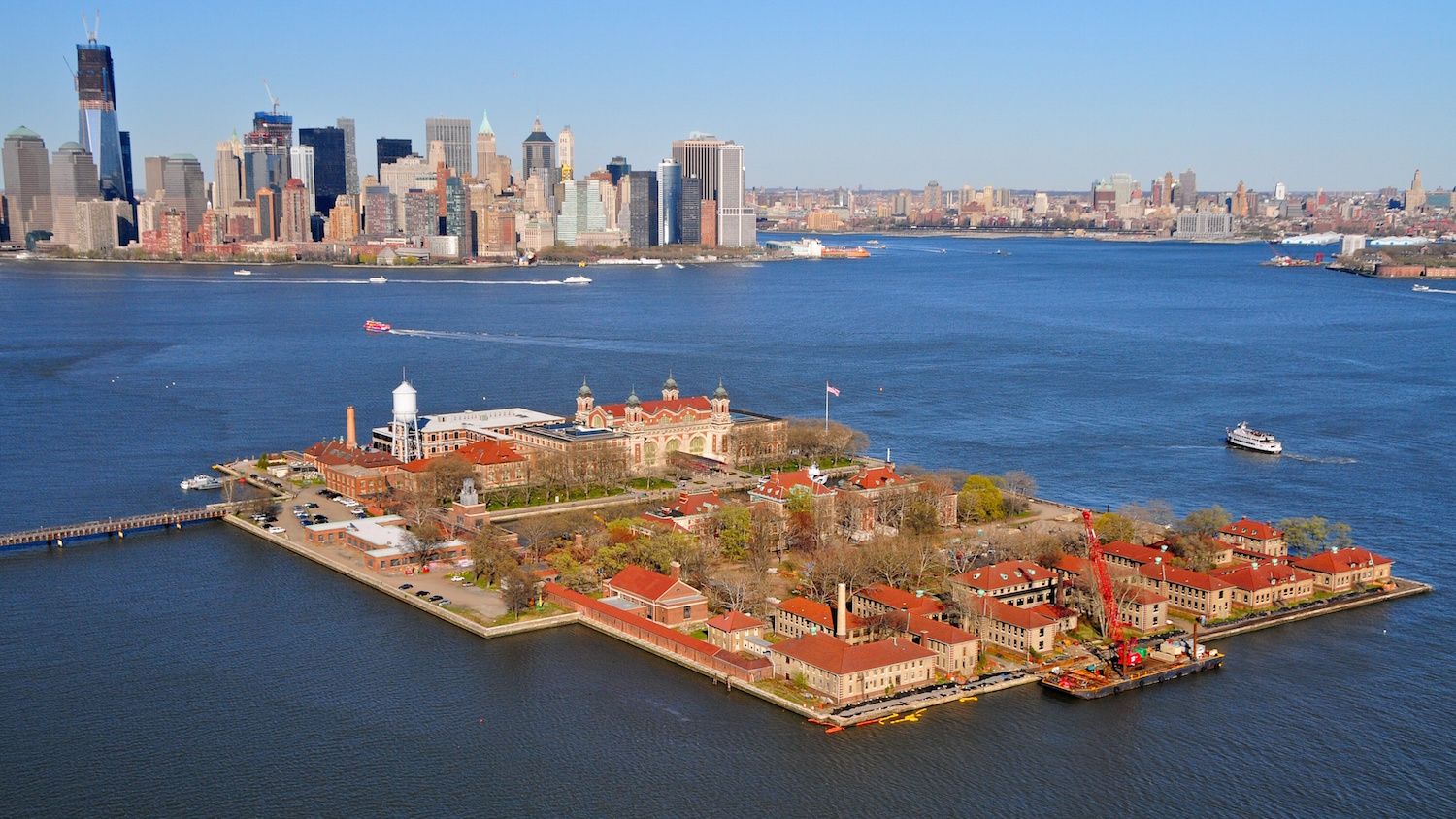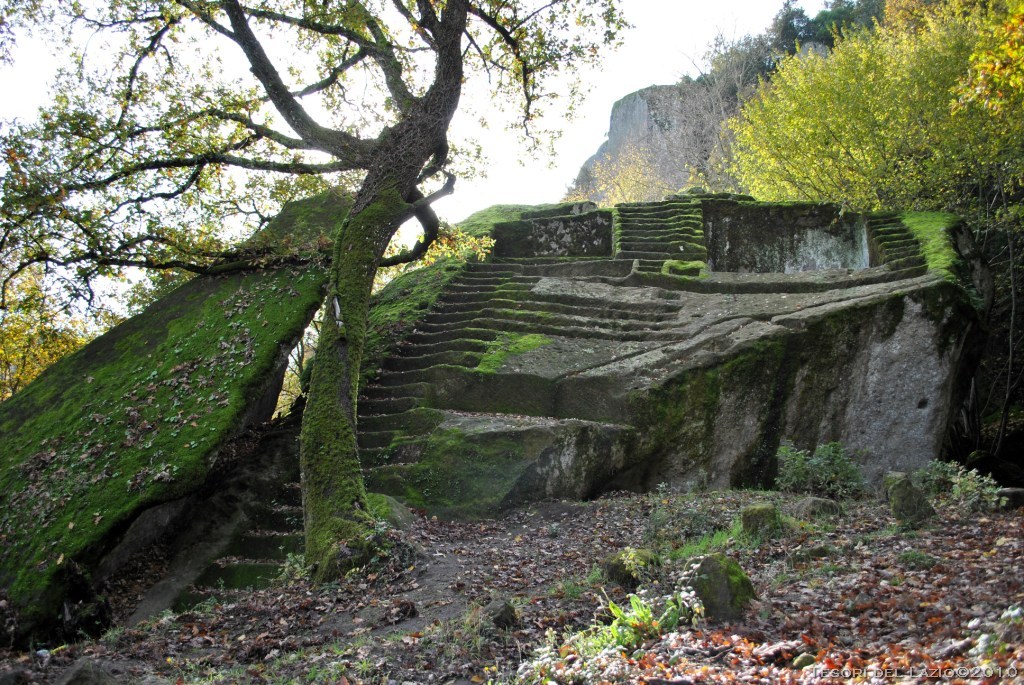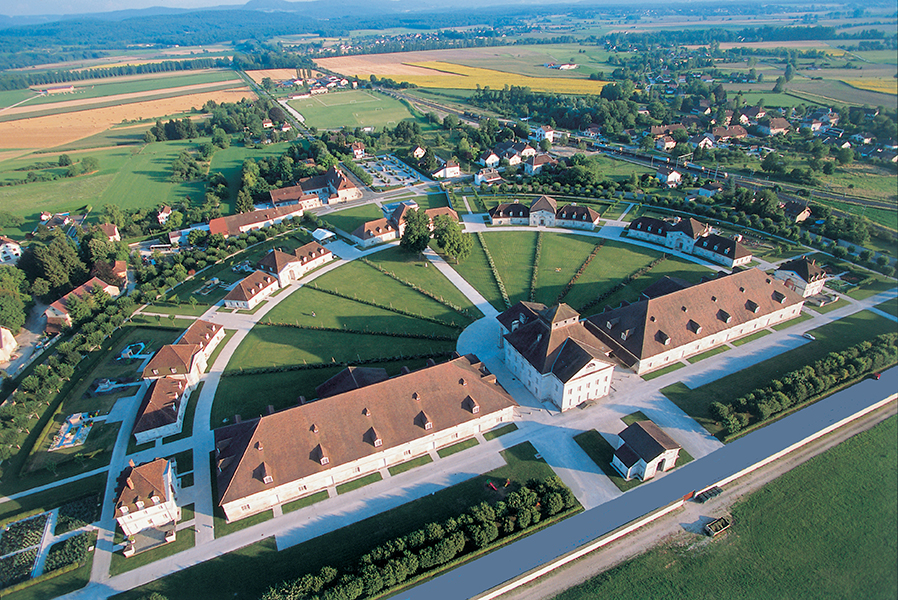The Museum and the Park are located in the territory of Bova, along the southern Ionic side of Calabria, which in Greek times was part of the Chalcidese colony of Rhegion (today Reggio Calabria) and was frequented since prehistoric times.
The whole area has its origins in the Greek world and the so-called "Bovesia" or "Greek area", still characterized by the use of the Greek language, is a significant testimony of this.
The Park stands around the remains of a synagogue brought to light in the eighties of the last century. In use between the fourth and sixth centuries AD, it is the only architectural evidence of the Jewish presence in Calabria for this age.
Located among the most important in the Mediterranean, the synagogue is the oldest in the West after that of Ostia Antica and its discovery has opened new scenarios on the history of Jewish communities in southern Calabria. Excavations have highlighted two main nuclei of the building consisting of several rooms and a third one that probably constituted the access to the synagogue itself.
Of great interest is the discovery of the Prayer Room whose mosaic floor reproduces the traditional seven-armed candelabrum, menorah, surrounded by a palm branch, a cedar and the shofar, the ram’s horn used as a musical instrument for some Jewish religious ceremonies.
In the Chamber, a niche has been identified to traditionally contain the Torah, the two Rolls of the Law.
The statio of Scyle, mentioned by the Tabula Peutingeriana and the Itinerary of the Byzantine geographer Anonymous Ravennate, could be located in the locality of San Pasquale, in the area of the current Park where excavations have brought to light remains of structures dating back to between the third and sixth centuries AD.
Among the artefacts on display in the museum is the polychrome floor mosaic of the Aula della Preghiera dating back to the 4th century A.D., the monetary treasury of 3079 bronze coins preserved and abandoned inside a jug dating back to the 4th-5th century A.D. and the road miliary found in Amigdalà not far from today’s SS 106, dated 364-67 A.D. The milestone with its double inscription – one recalls the emperor Maxentius, the other the emperors Valentiniano and Valente – confirms the existence of a coastal road network.
